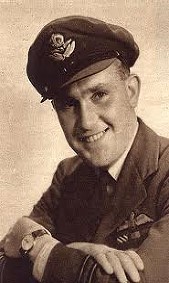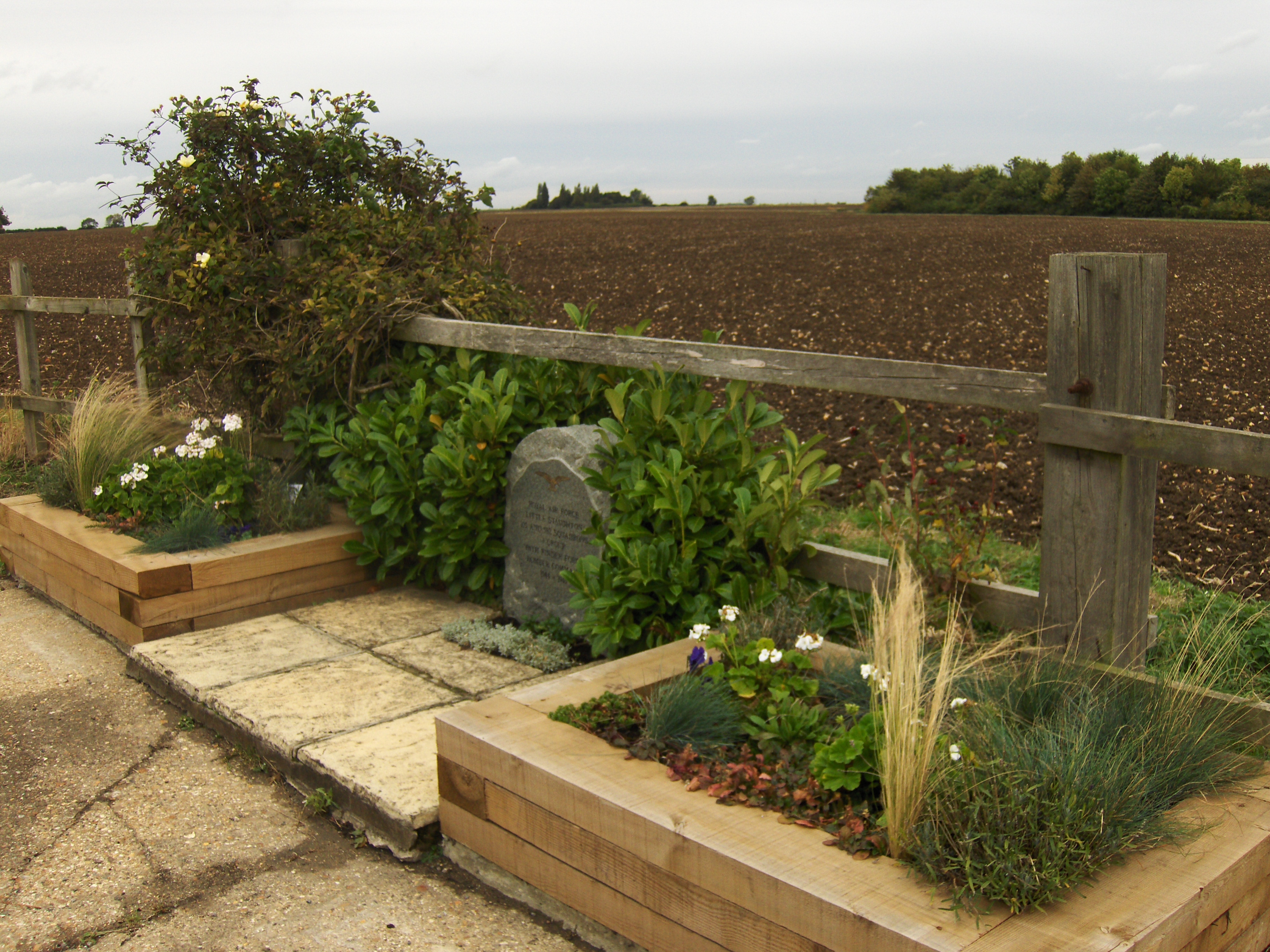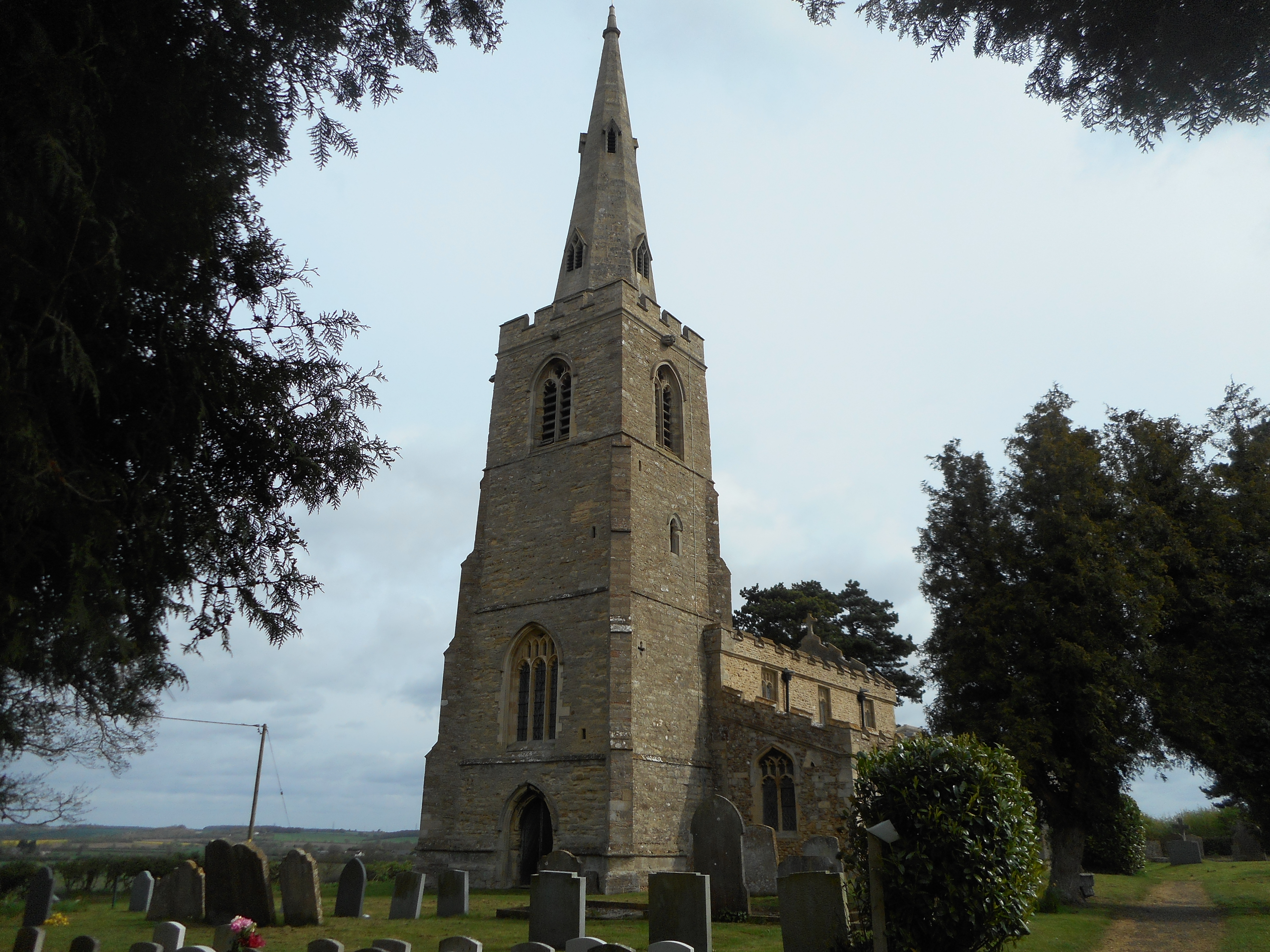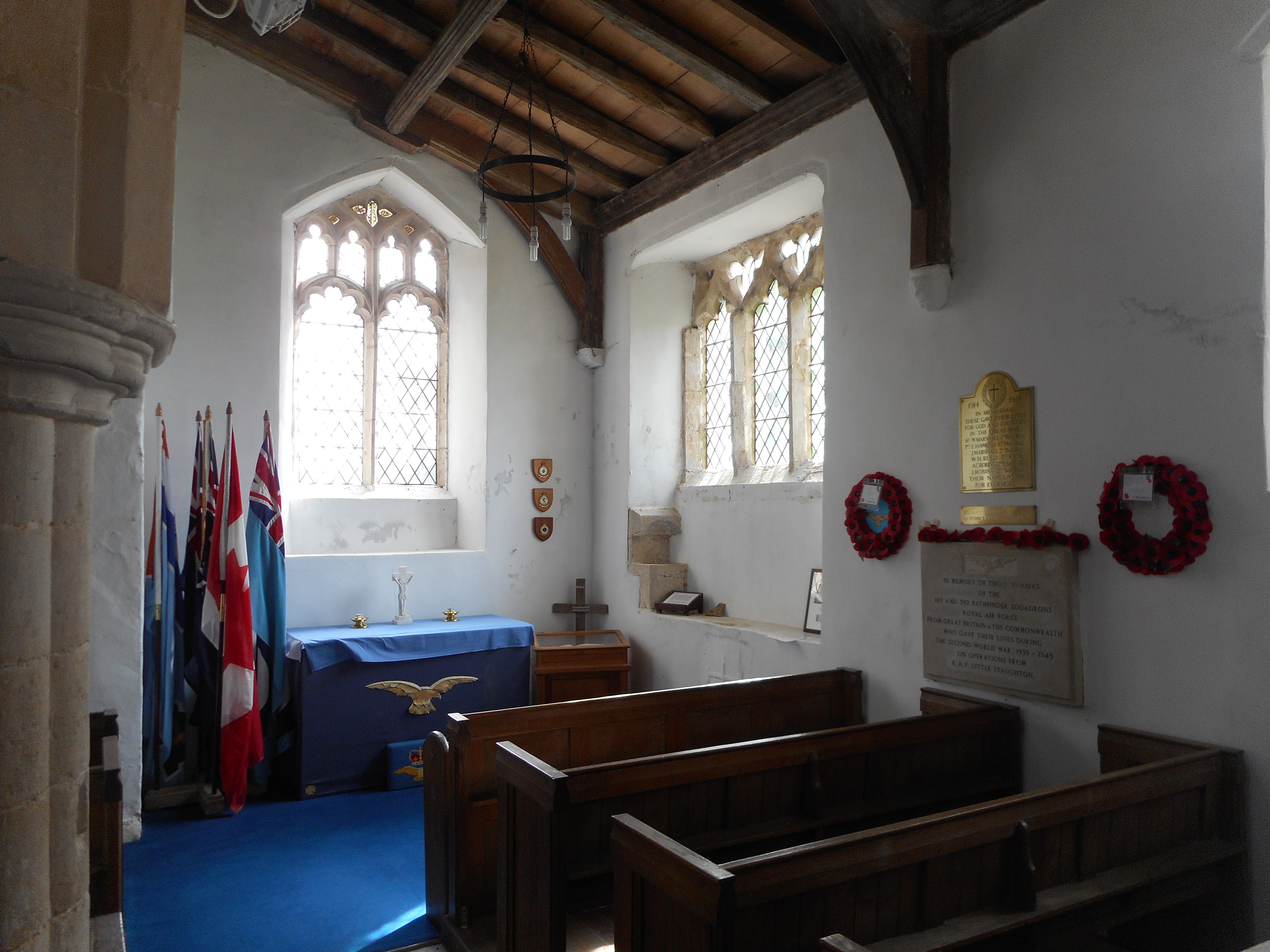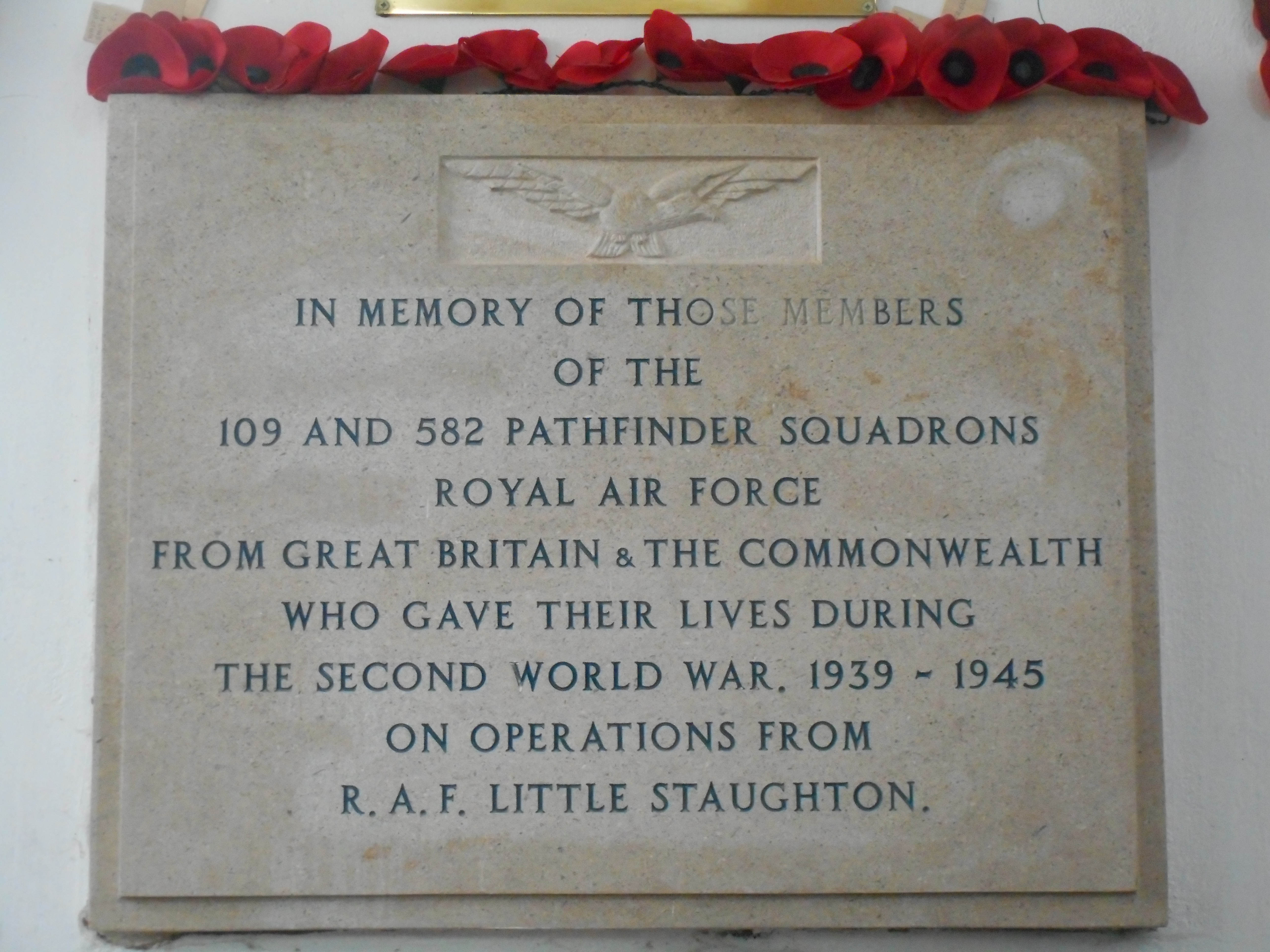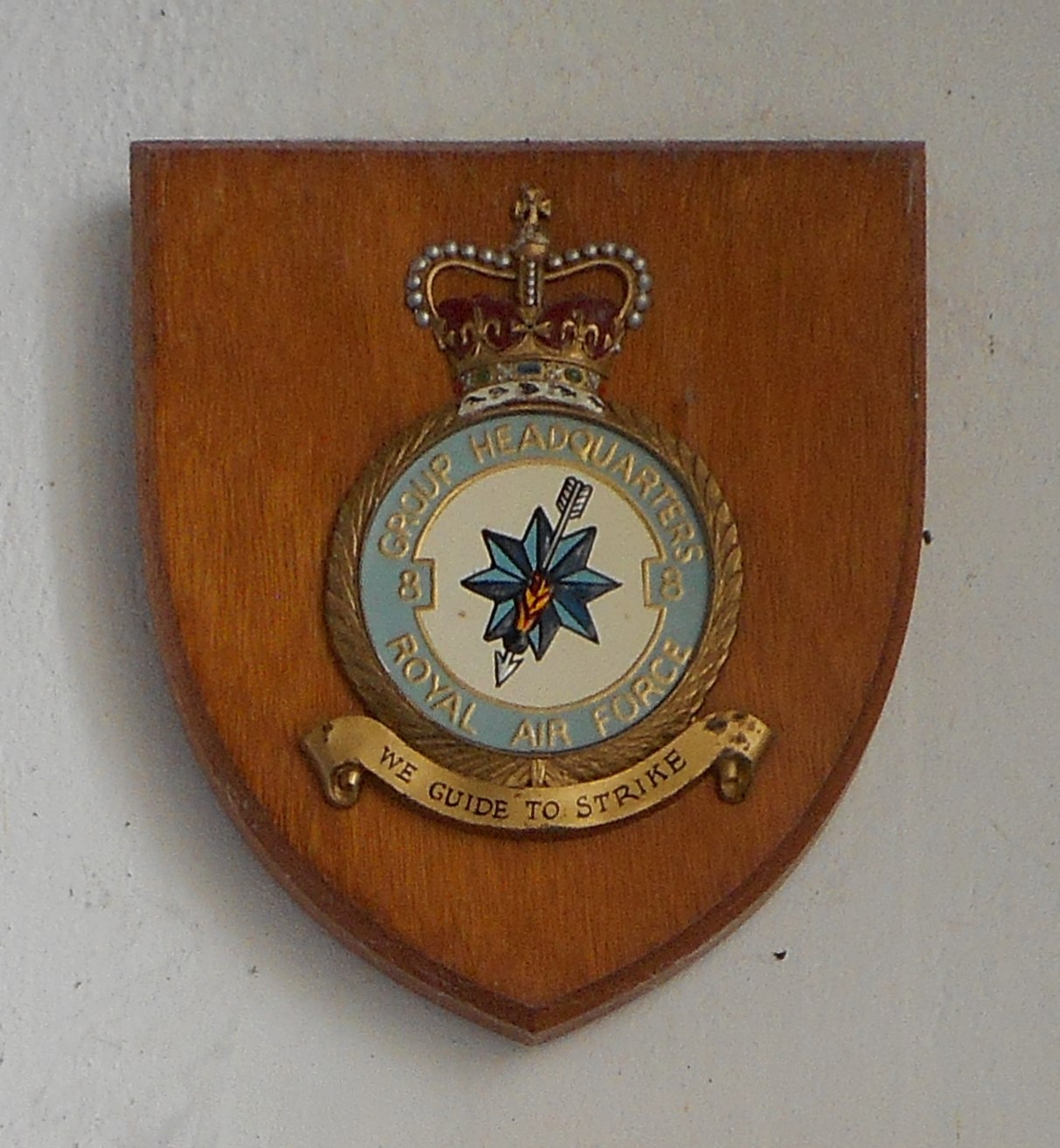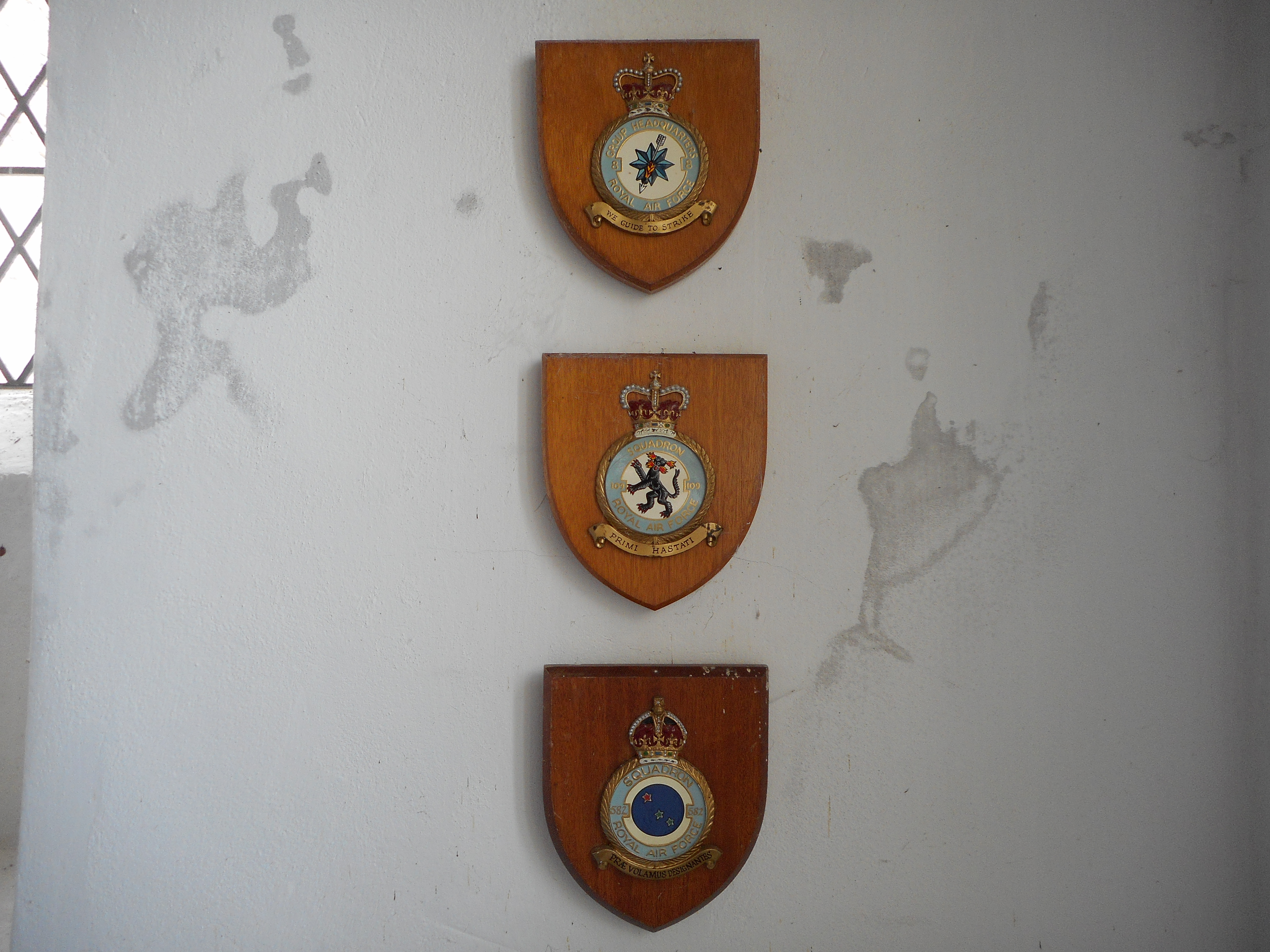Palmer, Robert Anthony Maurice
Personal Information
| Rank | S/L |
| Forename(s) | Robert Anthony Maurice |
| Surname | Palmer |
| Gender | M |
| Age | 24 |
| Decorations | VC, DFC*, MiD, AE |
| Date of Death | 23-12-1944 |
| Next of Kin | Son of Arthur Robert and Lillian Palmer, of Gravesend, Kent. Brother of Douglas Palmer. |
Aircraft Information
| Aircraft | Avro Lancaster III |
| Serial Number | PB371 |
| Markings | 6O-V |
Memorial Information
| Burial/Memorial Country | Germany |
| Burial/Memorial Place | Rheinberg War Cemetery |
| Grave Reference | Joint grave 14. C. 13-14. |
| Epitaph | A LONELY IMPULSE OF DELIGHT DROVE TO THIS TUMULT IN THE CLOUDS |
IBCC Memorial Information
| Phase | 2 |
| Panel Number | 222 |
Enlistment Information
| Service Number | 115772 |
| Service | Royal Air Force Volunteer Reserve |
| Group | 8 |
| Squadron | 582 |
| Squadron Motto | Proevolmaus designates (We fly before marking) |
| Trade | Pilot |
| Country of Origin | United Kingdom |
Other Memorials
| Location | Adjacent to former Airfield Site, Little Staughton, Bedfordshire |
| Country | United Kingdom |
| Memorial Type | Inscribed Stone Memorial |
| Memorial Text | A memorial to RAF Little Staughton, including 109 Sqn |
| Location | All Saints Church, Little Staughton, Bedfordshire |
| Country | United Kingdom |
| Memorial Type | Inscribed Stone Tablet & Sqn Badge |
| Memorial Text | In memory of 109 and 582 Sqns. At R.A.F. Little Staughton |
Miscellaneous Information
| Did not receive the order to abandon the operation and, despite considerable damage, the pilot steadfastly kept course and delivered his bomb load. Flying as Master Bomber |
| VC Citation (London Gazette 20th March 1945): "This officer has completed 110 bombing missions. Most of them involved deep penetration of heavily defended territory - many were low-level "marking" operations against vital targets. All were executed with tenacity, high courage and great accuracy. He first went on operations in January, 1941. He took part in the first 1,000 bomber raid against Cologne in 1942. He was one of the first pilots to drop a 4,000 Ib. bomb on the Reich. It was known that he could be relied on to press home his attack whatever the opposition and to bomb with great accuracy. He was always selected, therefore, to take part in special operations against vital targets. The finest example of 'his courage and determination was on 23rd December, 1944, when he led a formation of Lancasters to attack the marshalling yards at Cologne in daylight. He had the task of marking the target and his formation had been ordered to bomb as soon as the bombs had gone from his, the leading aircraft. The leader's duties during the final bombing run were exacting and demanded coolness and resolution. To achieve accuracy he would have to fly at an exact height and air speed on a steady course, regardless of opposition. Some minutes before the target was reached, his aircraft came under heavy antiaircraft fire, shells burst all around, two engines were set on fire and there were flames . and smoke in the nose and in the bomb bay. Enemy fighters now attacked in force. Squadron Leader Palmer disdained the possibility of taking avoiding action. He knew that if he diverged the least bit from his course, he would be unable to utilise the special equipment to the best advantage. He was determined to complete the run and provide an accurate and easily seen aiming-point for the other bombers. He ignored the double risk of fire and explosion in his aircraft and kept on. With its engines developing unequal power, an immense effort was needed to keep the damaged aircraft on a straight course. Nevertheless, he made a perfect approach and his bombs hit the target. His aircraft was last seen spiralling to earth in flames. Such was the strength of the opposition that more than half of his formation failed to return. Squadron Leader Palmer was an outstanding pilot. He displayed conspicuous bravery. His record of prolonged and heroic endeavour is beyond praise." Mentioned in Despatches January 1944. |
| Remarkably, this was his 111th operation. Attached from 109 Sqn. Born 7 July 1920 in Gillingham, Kent, he was the son of a Royal Flying Corps pilot. On leaving Gravesend Grammar School he was employed by the local corporation but the tales of his father's flying exploits was always bound to draw him to the RAF and so on 22 August 1939 he enlisted. After a brief spell with 75 Squadron he was flew his first tour with 149 Squadron after which he was posted to 20 OTU as an instructor, which frustrated him, although he siezed the opportunity to fly in the 1000 Bomber Raids during that time. 20OTU later came under the command of S/L Ian Bazelgette (himself posthumously awarded the VC), another frustrated pilot wishing to return to operations, who recommended Palmer be posted to 109 Squadron PFF after a period of training to covert to Mosquitoes. His first DFC was awarded on 30 Jun 1944 and the second when he completed his 100th operation. He was also promoted to Squadron Leader and opted to continue flying. |
IBCC Digital Archive
Commonwealth War Graves Commission
The National Archives
| Record of Events (Operational Record Book) AIR 27/2052/18 |
| Summary of Events (Operational Record Book) AIR 27/2052/17 |
Fellow Servicemen
Please note that this list gives all the losses aboard the quoted aircraft and occasionally these may have occurred on an earlier date when the aircraft was not itself lost. Please check the dates of death carefully.
Last Operation Information
| Start Date | 23-12-1944 |
| End Date | 23-12-1944 |
| Takeoff Station | Little Staughton |
| Day/Night Raid | Day |
| Operation | Köln- to attack the Gremberg railway yards. This raid went badly wrong. The force was split into three formations, each led by an Oboe equipped master and a similarly equipped Mosquito reserve master. Improved weather meant that the crews could bomb visually and the order was given. Tragically, the order did not reach S/L R A M Palmer's aircraft and they carried on unawares, being hit by flak on their approach but dropping their bomb load nonetheless. Soon afterwards they were set about by fighters and the aircraft was downed in the target area. S/L Palmer was posthumously awarded a VC for his valour. |
| Reason for Loss | Shot down by flak in the target area |
